
La Lonja: The Heartbeat of Palma de Mallorca's Cultural Heritage
Discover La Lonja in Palma de Mallorca: A perfect blend of history, culture, and vibrant nightlife set in picturesque cobbled streets and stunning gothic architecture.
La Lonja, nestled in the vibrant city of Palma de Mallorca, is a captivating blend of history, culture, and modernity. The neighbourhood is named after the stunning La Lonja de Palma, a gothic masterpiece that once served as the city's bustling maritime trade exchange. Today, it stands as a testament to the architectural prowess of the 15th century and is a must-visit landmark for history buffs and architecture enthusiasts. Wander through the narrow, cobbled streets of La Lonja and you'll find a treasure trove of quaint boutiques, charming cafes, and art galleries. The area is particularly famous for its lively nightlife, with a plethora of tapas bars and restaurants that come alive as the sun sets. Whether you're looking to savour traditional Mallorcan cuisine, enjoy a glass of local wine, or simply soak in the vibrant atmosphere, La Lonja has something for everyone. Art lovers will be delighted by the Es Baluard museum, located just a stone's throw away from La Lonja. This contemporary art museum showcases works by both local and international artists, making it a cultural gem in the heart of Palma. Additionally, the neighbourhood's proximity to the stunning Palma Cathedral and the picturesque Parc de la Mar makes it an ideal base for exploring the city's other attractions. Whether you're a history enthusiast, a foodie, or an art aficionado, La Lonja promises an unforgettable experience.
Local tips in La Lonja
- Visit La Lonja de Palma early in the morning to avoid the crowds and enjoy a peaceful experience.
- Wear comfortable shoes; the cobbled streets can be uneven and are best navigated on foot.
- Try the local tapas and wines at one of the many bars and restaurants in the area for an authentic Mallorcan experience.
- Don’t miss the Es Baluard museum for a taste of contemporary art amidst the historical surroundings.
- Evenings are vibrant in La Lonja, so plan to stay late and enjoy the nightlife.
La Lonja: The Heartbeat of Palma de Mallorca's Cultural Heritage
La Lonja, nestled in the vibrant city of Palma de Mallorca, is a captivating blend of history, culture, and modernity. The neighbourhood is named after the stunning La Lonja de Palma, a gothic masterpiece that once served as the city's bustling maritime trade exchange. Today, it stands as a testament to the architectural prowess of the 15th century and is a must-visit landmark for history buffs and architecture enthusiasts. Wander through the narrow, cobbled streets of La Lonja and you'll find a treasure trove of quaint boutiques, charming cafes, and art galleries. The area is particularly famous for its lively nightlife, with a plethora of tapas bars and restaurants that come alive as the sun sets. Whether you're looking to savour traditional Mallorcan cuisine, enjoy a glass of local wine, or simply soak in the vibrant atmosphere, La Lonja has something for everyone. Art lovers will be delighted by the Es Baluard museum, located just a stone's throw away from La Lonja. This contemporary art museum showcases works by both local and international artists, making it a cultural gem in the heart of Palma. Additionally, the neighbourhood's proximity to the stunning Palma Cathedral and the picturesque Parc de la Mar makes it an ideal base for exploring the city's other attractions. Whether you're a history enthusiast, a foodie, or an art aficionado, La Lonja promises an unforgettable experience.
Iconic landmarks you can’t miss
Catedral-Basílica de Santa María de Mallorca
Discover the stunning beauty of the Catedral-Basílica de Santa María de Mallorca, an architectural masterpiece in the heart of Palma, rich in history and spirituality.
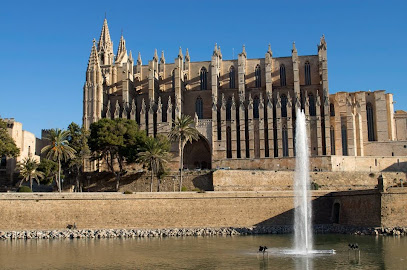
Majorca
Explore Majorca: An enchanting island of stunning beaches, rich culture, and breathtaking landscapes in the heart of the Mediterranean.
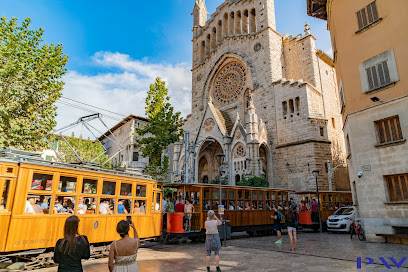
Royal Palace of La Almudaina
Explore the Royal Palace of La Almudaina, a historical landmark in Palma, showcasing Mallorca's royal heritage and stunning architecture.
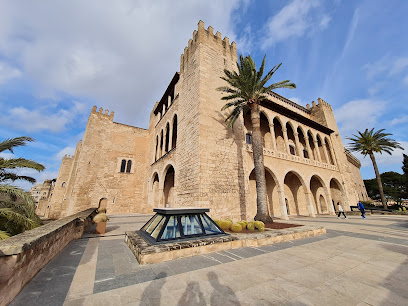
Museu de La Seu. Cabildo de la Catedral de Mallorca
Explore the artistic treasures and historical wonders at Museu de La Seu, a must-visit museum in the heart of Palma, Mallorca.
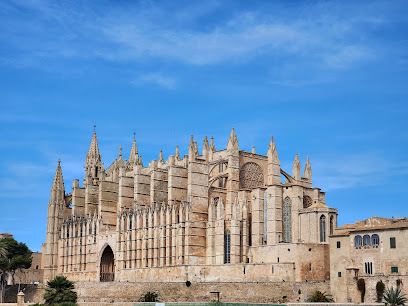
Llotja de Palma
Explore the Llotja de Palma, a stunning Gothic landmark in the heart of Palma, showcasing rich history and architectural beauty.
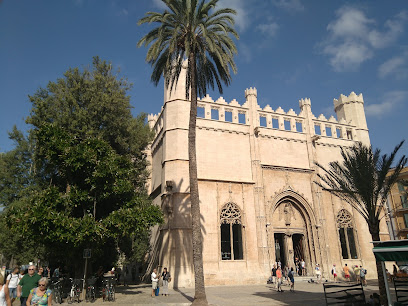
S'Hort del Rei
Discover the enchanting beauty of S'Hort del Rei, a serene garden oasis in the heart of Palma, perfect for relaxation and exploration.
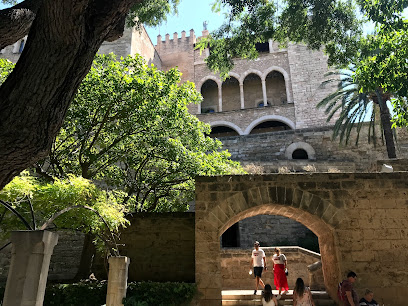
La Lonja Marina Charter
Explore the beauty of La Lonja Marina Charter in Palma, an idyllic marina offering stunning views and unforgettable maritime adventures.
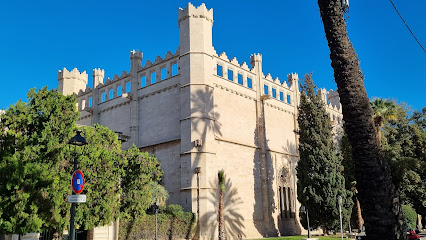
Device to Root out Evil
Explore the thought-provoking 'Device to Root out Evil' sculpture in Palma, a unique blend of art and culture in the heart of the Balearic Islands.
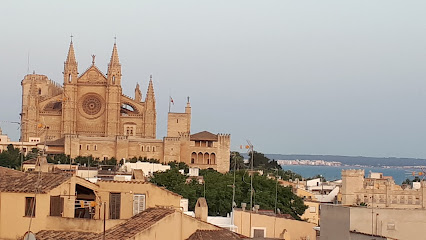
Arc de sa Drassana
Explore the Arc de sa Drassana, Palma’s iconic historical landmark reflecting the city's rich maritime heritage and stunning architectural beauty.

Passeig Marítim
Experience the historical charm of Passeig Marítim in Palma, where stunning views and rich culture come together along the Mediterranean coastline.
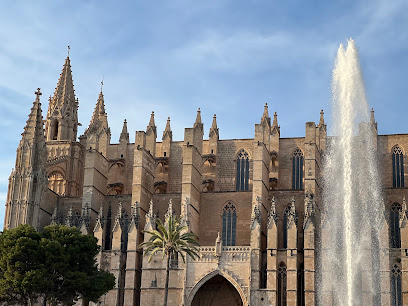
Escultura Palma - Palma Sign
Discover the stunning Escultura Palma, a captivating landmark that embodies the artistic spirit and cultural richness of Palma, the jewel of the Balearic Islands.
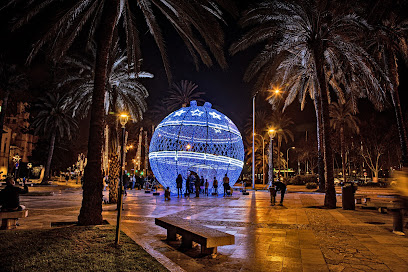
Plaça de la Llotja
Explore the architectural beauty and vibrant culture of Plaça de la Llotja in the heart of Palma, a must-visit tourist attraction in the Balearic Islands.
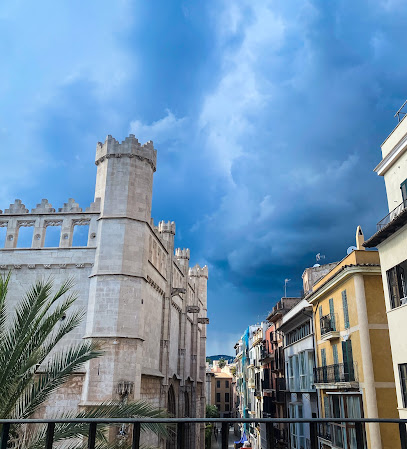
Secadero de redes de La Lonja
Explore the rich maritime heritage of Palma at Secadero de Redes de La Lonja, where the traditional art of net-making comes to life in a breathtaking setting.
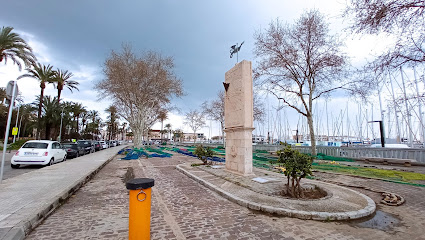
Unmissable attractions to see
Arc de sa Drassana
Explore the rich history and stunning architecture of Arc de sa Drassana, a must-see landmark in the heart of Palma, Mallorca.
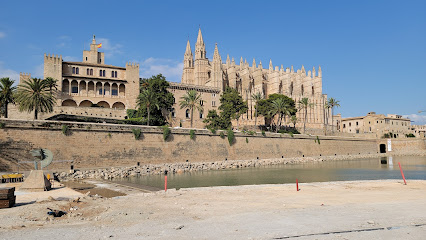
Escultura Palma - Palma Sign
Discover the Escultura Palma - a captivating landmark embodying the spirit of Palma, surrounded by vibrant culture and stunning views.
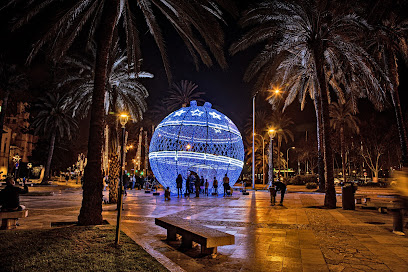
Plaça de la Llotja
Explore the historic Plaça de la Llotja in Palma, a vibrant square rich in culture, stunning architecture, and local charm.
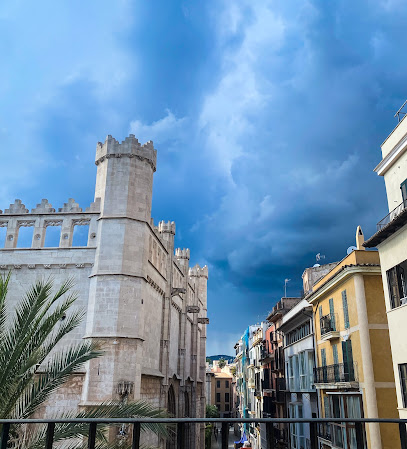
Passeig de Sagrera
Explore the vibrant culture and delightful gastronomy of Passeig de Sagrera in Palma, a perfect blend of history and modernity.
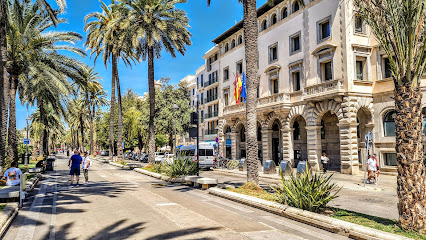
Secadero de redes de La Lonja
Explore the rich maritime heritage at Secadero de Redes de La Lonja - a unique glimpse into the art of net drying in Palma, Balearic Islands.
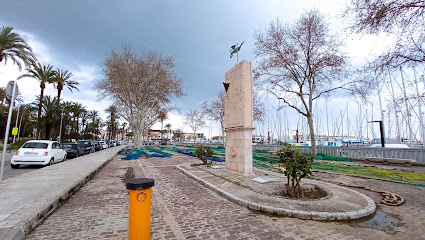
Essential places to dine
Restaurant PESQUERO
Experience exquisite Mediterranean dining with fresh seafood and stunning marina views at Restaurant PESQUERO in Palma.
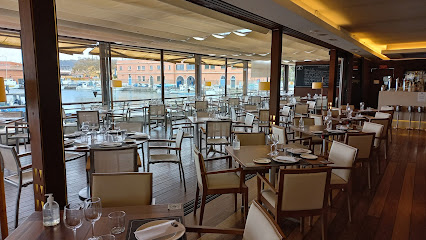
FORN de Sant Joan
Experience authentic Mediterranean flavors at Forn de Sant Joan in Palma - where every dish tells a story.

La Paloma
Discover La Paloma in Palma: A delightful Mediterranean restaurant offering authentic Spanish tapas and a vibrant atmosphere.
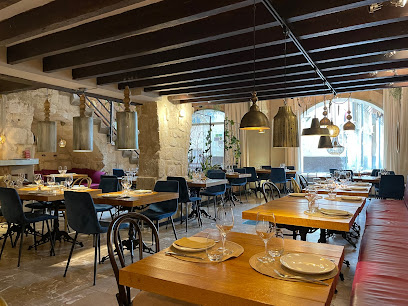
KOA Grill & Cocktails
Discover exquisite Mediterranean cuisine at KOA Grill & Cocktails, where every dish is grilled to perfection amidst a lively cocktail bar atmosphere.
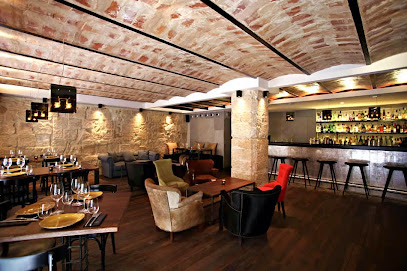
Sa Volta
Experience authentic Spanish cuisine at Sa Volta in Palma - where tradition meets modern dining in an inviting atmosphere.
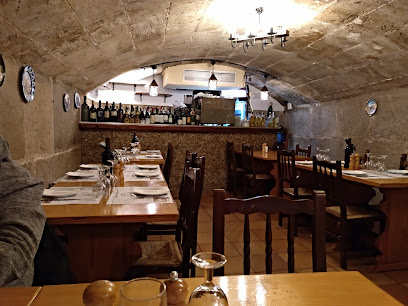
Tinto Palma
Discover Tinto Palma: A Mediterranean tapas haven in the heart of Mallorca's vibrant capital.
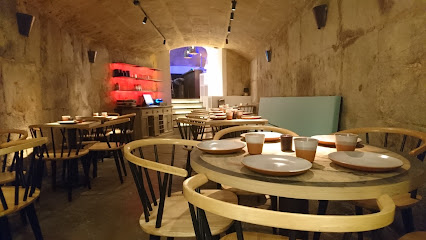
Restaurante Ambra
Experience authentic Italian and Mediterranean cuisine at Restaurante Ambra in Palma – a culinary haven for food lovers!
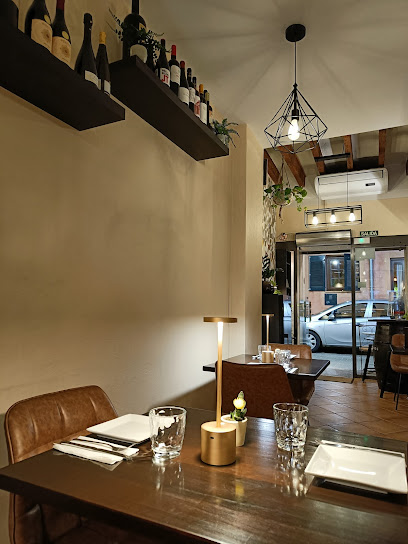
Restaurante Caballito de Mar
Experience authentic Majorcan flavors at Restaurante Caballito de Mar - a seafood paradise in Palma offering exquisite Mediterranean cuisine.

Ritzi Palma
Experience authentic Italian cuisine at Ritzi Palma - where Mediterranean flavors meet warm hospitality in the heart of Mallorca.
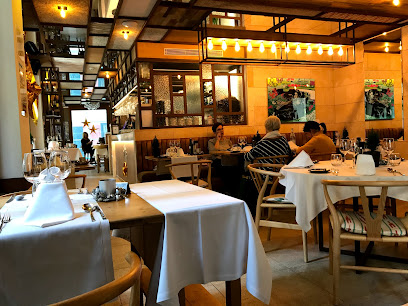
Restaurante Gotic
Experience authentic Mediterranean flavors at Restaurante Gotic in Palma - a culinary gem reflecting Balearic traditions.

Markets, malls and hidden boutiques
Louis Vuitton Palma De Mallorca
Discover the epitome of luxury shopping at Louis Vuitton Palma De Mallorca, featuring exquisite leather goods, fashion accessories, and perfumes.
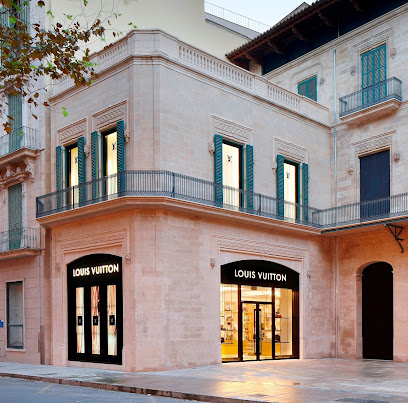
UNICO Vintage store
Explore UNICO Vintage Store in Palma for a unique shopping experience, showcasing timeless vintage clothing and accessories that tell a story.
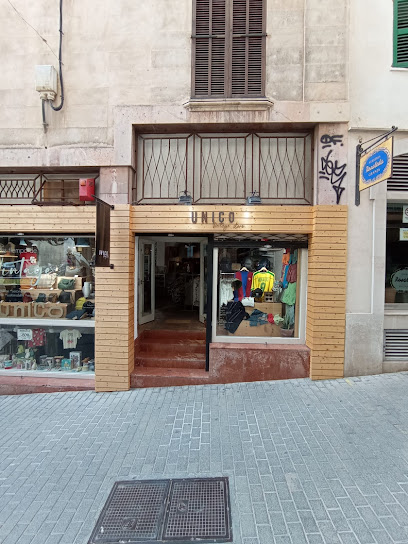
Típika
Explore Típika in Palma for unique, handcrafted Balearic souvenirs that capture the spirit of the islands and support local artisans.
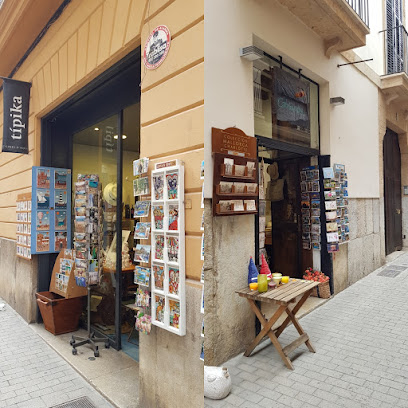
BOSS Store
Discover the elegance and style of BOSS Store in Palma, offering a premium selection of men's and women's fashion, accessories, and fragrances.
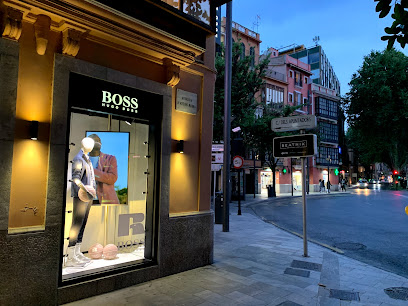
Gallery RED Square
Explore contemporary art at Gallery RED Square in Palma, a unique boutique gallery showcasing local and international talent in a vibrant setting.

Tree of Life
Explore the Tree of Life in Palma, a unique clothing store offering curated fashion for women and men, reflecting the vibrant culture of the Balearic Islands.
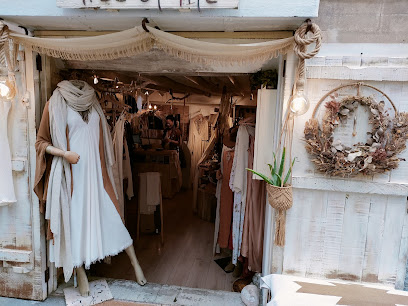
Kling Boutique
Explore Kling Boutique in Palma for a unique blend of contemporary fashion and local flair, perfect for every stylish traveler.
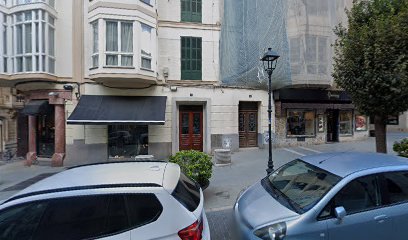
Hippy Market-hawaianas
Discover the lively Hippy Market in Palma, where local artisans showcase unique crafts and vibrant culture in the heart of the Balearic Islands.
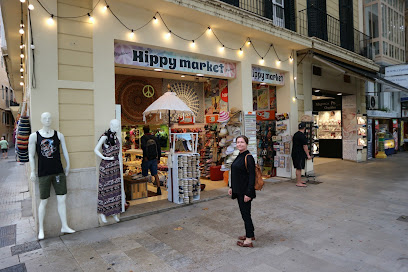
Concept Shop by Gallery RED
Discover a unique blend of art and fashion at Concept Shop by Gallery RED in Palma, where creativity thrives in every corner.
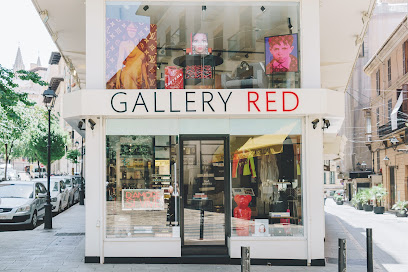
The Lamu Collection - La Lonja
Discover unique fashion pieces at The Lamu Collection - La Lonja, a clothing store that embodies the spirit of Palma and the Balearic Islands.

Essential bars & hidden hideouts
Bar Abaco
Discover the enchanting Bar Abaco in Palma, a luxurious lounge bar perfect for cocktails and a vibrant nightlife experience.
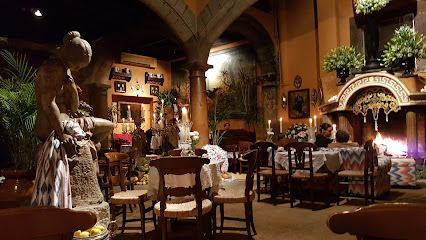
Bar Dia
Experience the vibrant flavors of Mediterranean and Spanish cuisine at Bar Dia, a lively grill and tapas bar in the heart of Palma.
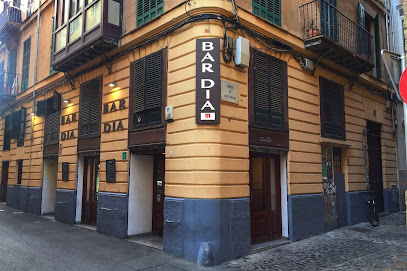
Bar Nicolás
Experience Palma's vibrant nightlife at Bar Nicolás, where expertly crafted cocktails meet a lively atmosphere in the heart of the city.
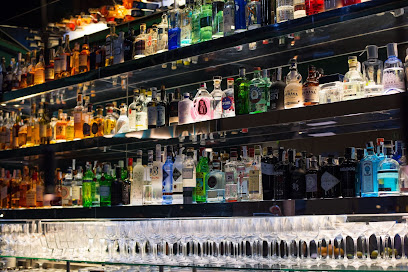
Café la Lonja
Experience the vibrant culinary scene of Palma at Café la Lonja, where local flavors meet a cozy atmosphere for every palate.
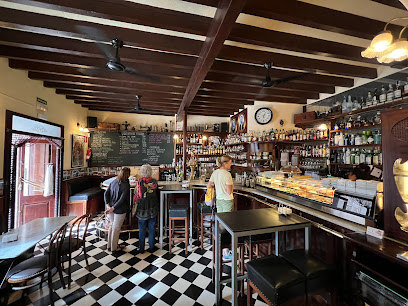
Corner Bar Palma
Experience the vibrant sports culture at Corner Bar Palma, where every game is celebrated with great drinks and lively company.
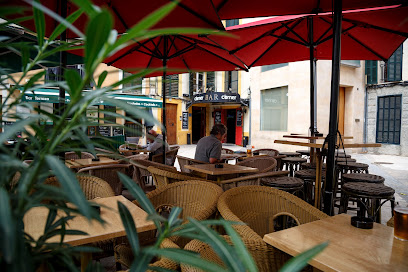
Agua Bar
Experience Palma's vibrant nightlife at Agua Bar, a lively bar and live music venue that promises unforgettable evenings in the heart of the Balearic Islands.
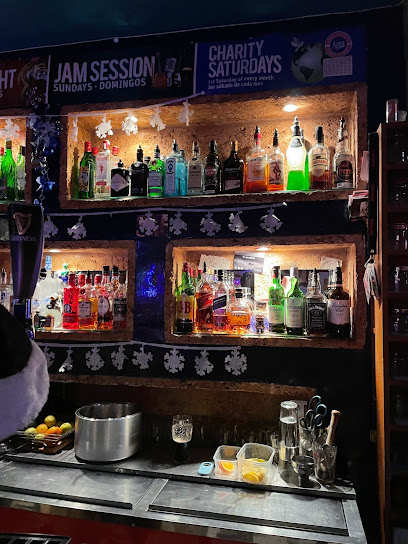
Bar LAB
Experience the finest cocktails and bartending education at Bar LAB, Palma's premier cocktail bar offering creativity and fun in every glass.
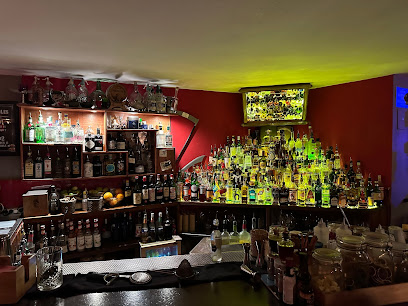
Honky Tonk
Experience Palma's nightlife at Honky Tonk, a lively bar offering affordable drinks and great music in the heart of the city.
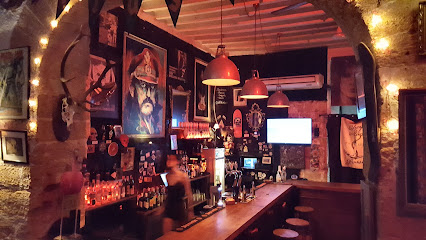
WINEING
Discover the perfect blend of exquisite wines and delicious tapas at WINEING, a premier wine bar in the heart of Palma.
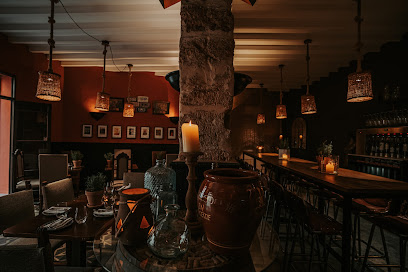
Why Not? Cocktail Bar
Discover the art of mixology in Palma at Why Not? Cocktail Bar, offering a unique blend of flavors and a vibrant atmosphere.
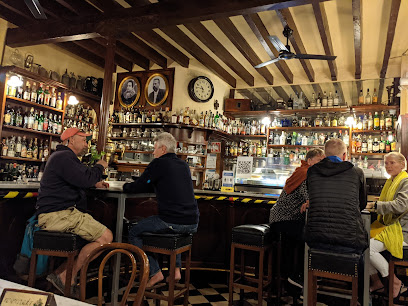
Local Phrases
-
- HelloHola
[Oh-la] - GoodbyeAdiós
[Ah-dee-ohs] - YesSí
[See] - NoNo
[Noh] - Please/You're welcomePor favor/De nada
[Por fah-vor/Deh nah-dah] - Thank youGracias
[Grah-see-ahs] - Excuse me/SorryPerdón
[Pair-dohn] - How are you?¿Cómo estás?
[Koh-moh ehs-tahs] - Fine. And you?Bien. ¿Y tú?
[Byen. Ee too] - Do you speak English?¿Hablas inglés?
[Ah-blahs een-glays] - I don't understandNo entiendo
[Noh ehn-tee-ehn-doh]
- HelloHola
-
- I'd like to see the menu, pleaseMe gustaría ver la carta, por favor
[May goo-stah-ree-ah mehr lah kahr-tah, por fah-vor] - I don't eat meatNo como carne
[Noh koh-moh kahr-neh] - Cheers!¡Salud!
[Sah-loohd] - I would like to pay, pleaseMe gustaría pagar, por favor
[May goo-stah-ree-ah pah-gahr, por fah-vor]
- I'd like to see the menu, pleaseMe gustaría ver la carta, por favor
-
- Help!¡Ayuda!
[Ah-yoo-dah] - Go away!¡Vete!
[Veh-teh] - Call the Police!¡Llama a la Policía!
[Yah-mah ah lah Poh-lee-see-ah] - Call a doctor!¡Llama a un médico!
[Yah-mah ah oon meh-dee-koh] - I'm lostEstoy perdido
[Ehs-toy pair-dee-doh] - I'm illEstoy enfermo
[Ehs-toy ehn-fehr-moh]
- Help!¡Ayuda!
-
- I'd like to buy...Me gustaría comprar...
[May goo-stah-ree-ah kohm-prahr...] - I'm just lookingSolo estoy mirando
[Soh-loh ehs-toy mee-rahn-doh] - How much is it?¿Cuánto cuesta?
[Kwan-to kwes-tah] - That's too expensiveEsto es demasiado caro
[Ehs-toh es deh-mah-see-ah-doh kahr-oh] - Can you lower the price?¿Puedes bajar el precio?
[Pweh-dess bah-hahr el pree-see-oh]
- I'd like to buy...Me gustaría comprar...
-
- What time is it?¿Qué hora es?
[Keh oh-rah ehs] - It's one o'clockEs la una
[Ehs lah oo-nah] - Half past (10)Y media (10)
[Ee meh-dee-ah (dee-ayss)] - MorningMañana
[Mah-nyah-nah] - AfternoonTarde
[Tahr-deh] - EveningNoche
[Noh-cheh] - YesterdayAyer
[Ah-yehr] - TodayHoy
[Oy] - TomorrowMañana
[Mah-nyah-nah] - 1Uno
[Oo-noh] - 2Dos
[Dohs] - 3Tres
[Tress] - 4Cuatro
[Kwah-troh] - 5Cinco
[Seenkoh] - 6Seis
[Sayss] - 7Siete
[Syeh-teh] - 8Ocho
[Oh-choh] - 9Nueve
[Nweh-veh] - 10Diez
[Dyess]
- What time is it?¿Qué hora es?
-
- Where's a/the...?¿Dónde está...?
[Dohn-deh ehs-tah] - What's the address?¿Cuál es la dirección?
[Kwahl ehs lah dee-rehk-see-ohn] - Can you show me (on the map)?¿Puedes mostrarme (en el mapa)?
[Pweh-dess mohs-trahr-meh (ehn el mah-pah)] - When's the next (bus)?¿Cuándo es el próximo (autobús)?
[Kwan-doh ehs ehl proh-ksee-moh (ow-toh-boos)] - A ticket (to ....)Un billete (a ...)
[Oon bee-yeh-teh (ah ...)]
- Where's a/the...?¿Dónde está...?
History of La Lonja
-
La Lonja, located in the heart of Palma de Mallorca, dates back to the 15th century when it served as a bustling marketplace. The name 'Lonja' itself is derived from the Latin word 'longa', meaning 'long', which reflects the elongated structure of the building that housed merchants and traders. This area became a center for commerce and trade, particularly during the time when Mallorca was a crucial hub in the Mediterranean trade routes.
-
The most notable structure in La Lonja is the Gothic-style Lonja de Palma, designed by architect Guillem Sagrera in the late 15th century. This building is celebrated for its impressive pillars and intricate stonework, symbolizing the wealth and power of Mallorca during the Catalan-Aragonese expansion. The architecture of La Lonja reflects the transition from Romanesque to Gothic styles, showcasing the artistic evolution of the region.
-
In the 19th century, La Lonja experienced a cultural renaissance, coinciding with the industrial revolution in Spain. The area became a focal point for social gatherings and cultural events, including the establishment of art galleries and theaters. Prominent figures in literature and the arts frequented La Lonja, contributing to its reputation as a cultural hotspot in Palma.
-
The Spanish Civil War (1936-1939) had a significant impact on La Lonja, as it did throughout Mallorca. The conflict disrupted the social fabric of the neighborhood, leading to a decline in commerce and cultural activities. Many historic buildings suffered damage, and the area took years to recover its vibrant atmosphere post-war. However, the resilience of the local community helped restore La Lonja's significance in Palma.
-
Today, La Lonja is a vibrant neighborhood that blends history with modernity. It is known for its lively atmosphere, featuring restaurants, bars, and art galleries that attract both locals and tourists. The cultural heritage of La Lonja is preserved through various festivals and events, celebrating the artistic and historical legacy of Palma. The commitment to preserving its unique character ensures that La Lonja remains a vital part of Palma's cultural landscape.
La Lonja Essentials
-
La Lonja is conveniently located in the heart of Palma de Mallorca, making it easily accessible from other neighborhoods. From Palma Airport, you can take a direct bus (Line 1) to the city center, which takes approximately 20 minutes. Alternatively, taxis are available outside the terminal and can take you to La Lonja in about 15 minutes. If you are coming from other neighborhoods, walking or cycling is a pleasant option, given La Lonja's proximity to the waterfront and other attractions.
-
La Lonja is a compact neighborhood, ideal for exploring on foot. Many of its charming streets and historical sites are within walking distance. Bicycles can be rented from various shops, and dedicated bike lanes make cycling a great option. For longer distances, public buses and the city’s tram system connect La Lonja with other parts of Palma. The nearest bus stop is just a short walk away, with frequent services to popular destinations.
-
La Lonja is generally a safe area for tourists, but standard precautions should be observed. Avoid walking alone late at night in poorly lit areas. While serious crime is rare, petty theft, such as pickpocketing, can occur, particularly in crowded areas or tourist hotspots. Areas around the bus station and some less frequented alleys may be less safe after dark.
-
In case of emergencies, dial 112 for police, fire, or medical assistance. There are hospitals and clinics in Palma, with the nearest emergency services located just a short distance from La Lonja. It is advisable to have travel insurance that covers health emergencies. For minor issues, local pharmacies can provide assistance and over-the-counter medications.
-
Fashion: Do wear comfortable shoes for walking, as the streets can be cobblestoned. Don't wear overly revealing clothing, especially when visiting religious sites. Religion: Do respect local customs; cover shoulders and knees when entering churches. Public Transport: Do be courteous to fellow passengers and give your seat to those in need. Don’t eat or drink on public transport. Greetings: Do greet locals with a friendly 'Hola' or a handshake. Eating & Drinking: Do try local specialties like 'tapas' and 'ensaimadas.' Don’t leave a large tip, as service is typically included in the bill.
-
To experience La Lonja like a local, visit the nearby Mercat de l'Olivar, a bustling market where you can sample fresh produce and local delicacies. Engage with local artisans and shopkeepers, who are often eager to share their stories. Don't miss the chance to enjoy a leisurely meal at one of the neighborhood's outdoor cafes, where you can people-watch and soak in the vibrant atmosphere. Also, explore the hidden courtyards and side streets, which often reveal beautiful architecture and local artwork.
Trending Landmarks in La Lonja
-
Catedral-Basílica de Santa María de Mallorca
-
Majorca
-
Royal Palace of La Almudaina
-
Museu de La Seu. Cabildo de la Catedral de Mallorca
-
Llotja de Palma
-
S'Hort del Rei
-
La Lonja Marina Charter
-
Device to Root out Evil
-
Arc de sa Drassana
-
Passeig Marítim
-
Escultura Palma - Palma Sign
-
Plaça de la Llotja
-
Secadero de redes de La Lonja
Nearby Cities to La Lonja
-
Things To Do in Barcelona
-
Things To Do in Tarragona
-
Things To Do in Valencia
-
Things To Do in Girona
-
Things To Do in Lleida
-
Things To Do in Alicante
-
Things To Do in Algiers
-
Things To Do in Teruel
-
Things To Do in Pas de la Casa
-
Things To Do in Andorra la Vella
-
Things To Do in Escaldes-Engordany
-
Things To Do in Tizi Ouzou
-
Things To Do in Encamp
-
Things To Do in La Massana
-
Things To Do in Soldeu










